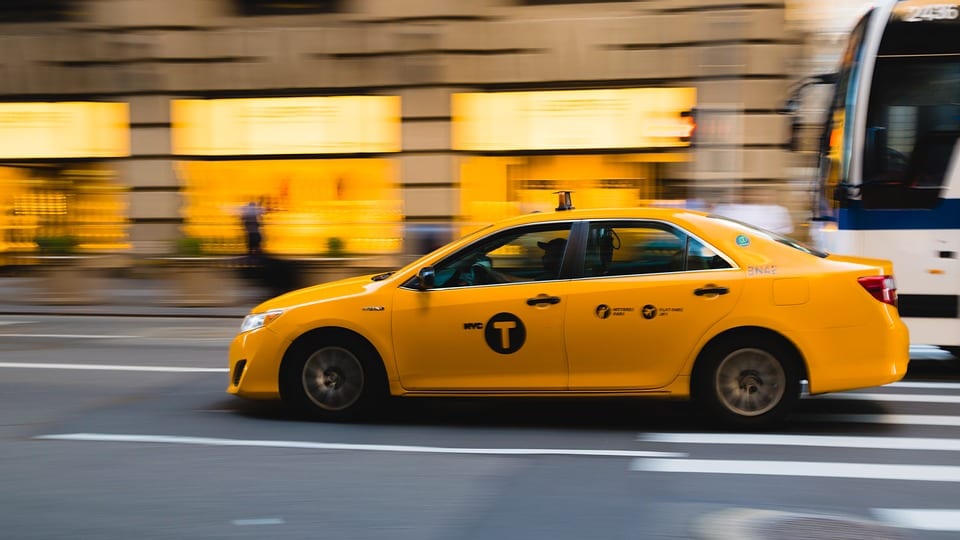Lyft claims a court ruling forcing it to pay drivers like regular cabbies works to Uber’s benefit.
Rideshare company Lyft has lost its lawsuit challenging New York City’s mandatory minimum wage for drivers.
The ruling, reports Engadget, was made by the state supreme court. It upholds the New York Taxi and Limousine Commission’s minimum wage requirement of $17.22 per hour after expenses. The TLC’s pay formula uses what’s called a ‘utilization rate,’ which accounts for the time drivers spend ferrying passengers versus waiting for fares.
The Verge notes that all for-hire vehicles in New York must adhere to an industry-set utilization rate of 58%.
It’s among the first verdicts to define a basic income for ride-share drivers.
Lyft claimed in a statement that the ruling will have a negative impact on its employees’ earnings.
“The TLC’s rules have hurt earning opportunities for drivers, and will diminish competition that benefits drivers and riders,” a spokesperson told Engadget and other outlets. “We will continue fighting to provide the best experience for drivers and riders in New York City.”

Lyft, notes Engadget, says it isn’t fundamentally opposed to a minimum wage—if anything, the company claims to support a baseline income for drivers and contractors. However, Lyft has taken issue with the way the TLC has dictated rules. The commission’s regulations require payments to be made on a per-ride basis, whereas Lyft charges based off mileage and time.
According to the company, being forced to follow TLC’s rules could impact drivers’ pocketbooks and encourage ride-share contractors to take shorter, slower trips. Moreover, Lyft says the decision gives an unfair competitive advantage to rival Uber.
Because Uber has a larger car and contractor fleet than Lyft, it’s eligible to petition for a higher utilization rate within a year.
Lyft, along with another ride-sharing company called Juno, have filed separate lawsuits trying to negate Uber’s potential edge.
However, members of the Independent Drivers Guild seemed pleased with the Supreme Court’s ruling.
“The judge’s message today is clear,” said IDG founder Jim Conigliaro in a statement. “If ride hail companies want to operate in New York City, they need to pay drivers fairly and follow our minimum wage laws.
“This is a proud day for drivers who organized with the Guild for years, taking on Sicilon Valley behemoths, to win this historic pay protection.”
Nevertheless, both Uber and Lyft have stopped hiring drivers in New York City. Both companies claim that new rules penalize ride-share operators who run too many cars without picking up enough passengers. That’s where utilization rates come into play—The Verge adds that, the higher a company’s utilization rate, the less it has to pay drivers.
The program is intended to provide fair compensation for cab drivers while ensuring competition doesn’t get too intense.
Sources
Lyft Fails to Overturn NYC Driver Minimum Wage Law


Join the conversation!